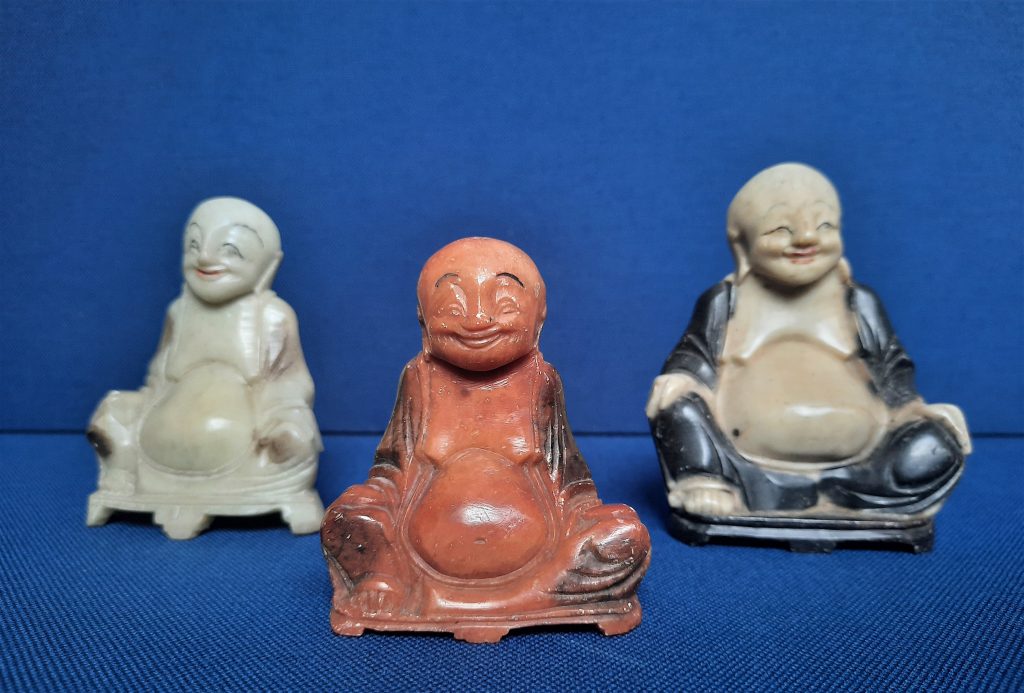Politics
German Museums Are Embarking on Long-Overdue Research Into Chinese Colonial-Era Objects as Part of a €1.1 Million Grant
The German Lost Art Foundation has announced its third round of research funding.

The German Lost Art Foundation has announced its third round of research funding.

Kate Brown

A new front in German researchers’ inquiries into colonial-era objects opened today, as the German Lost Art Foundation announced that it will grant an additional €1.1 million to museums for provenance research, including—for the first time—to institutions with collections of Chinese art.
“It had become obvious over the last two years that most museums would not be able to do deep provenance research in addition to their daily work,” Larissa Förster, head of the department for colonial-era collections at the German Lost Art Foundation, tells Artnet News. “They needed extra resources.”
The money will be distributed among eight projects proposed by individual museums or as collaborative efforts. For the first time, an alliance of four museums from the German coastal region of East Frisia are cooperating with one another to conduct a study of around 500 objects from China, thanks to a grant of around €78,000 ($92,000).
While some of the objects, including Chinese Buddha figures, might have been “seafarer souvenirs,” a spokesperson for the museums tells Artnet News that relatively little is known about how the objects arrived in the collections.
Förster says the objects to be studied come from the former German colony of Kiautschou and its capital city, Qingdao, on the Chinese bay of Jiaozhou.
The area was one of the sites of the Boxer Rebellion of 1899–1901, an anti-imperialist uprising in China.
The East Frisia museums tell Artnet News that the motivation for the study came from within the institutions, and that no official requests from China for research have been made. The museums intend to contact the responsible parties if it becomes necessary to return objects.
The immediate goal, Förster says, is to have a browsable database by the end of next year.
So far, the German Lost Art Foundation has funded 23 projects with a total of €2.5 million ($2.9 million), making the most recent funding round, its third, the largest yet. The foundation, which was founded in 2015, initially had a specific focus on Nazi-era art, but has since expanded its mission to include colonial contexts and the former German Democratic Republic.
The latest grant recipients also include Dresden’s Museum of Ethnology and the Grassi Museum of Ethnology in Leipzig, which will partner on research into 700 objects from the historical territory of Togo.
In addition, the University of Freiburg will conduct research into a major collection of human remains and skulls. And in separate projects, 400 human remains from several regions including Indonesia, and a collection of 30 human skulls in the Friedenstein Gotha Palace, will also be studied.
Elsewhere, the German Maritime Museum and the Leibniz Institute of Maritime History will look into a major German shipping company’s role in the country’s colonial efforts.
Other recipients include the Museum of Five Continents in Munich, which is receiving further funding for research it began last year on the large collection of Max von Stettens, the head of a military police force in colonial Cameroon.
Like many European nations, Germany has felt increased pressure to make its colonial-era collections more transparent, and to restitute objects that have a dubious provenance. Last fall, more than 100 academics and artists signed an open letter asking German museums to open up their collections to researchers.